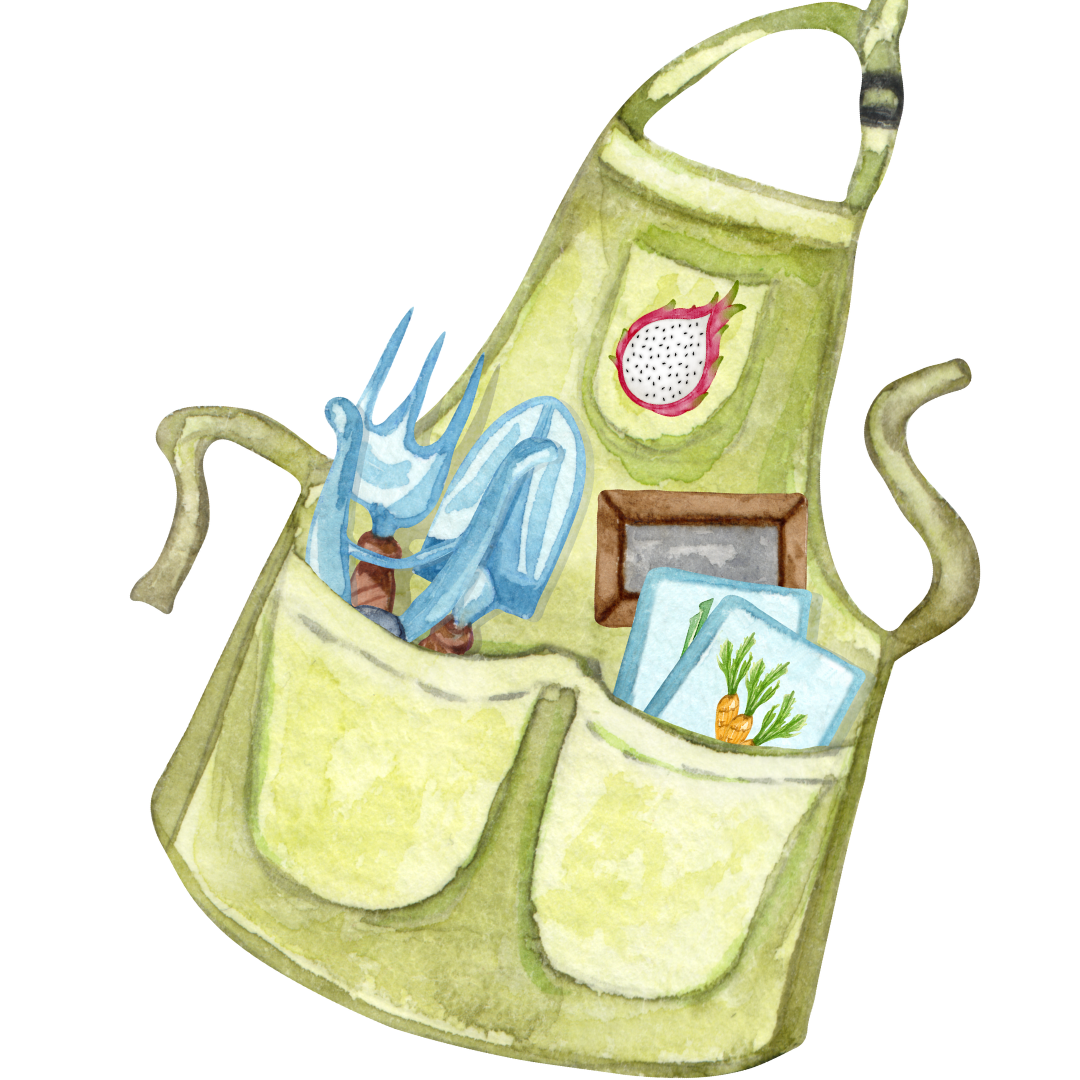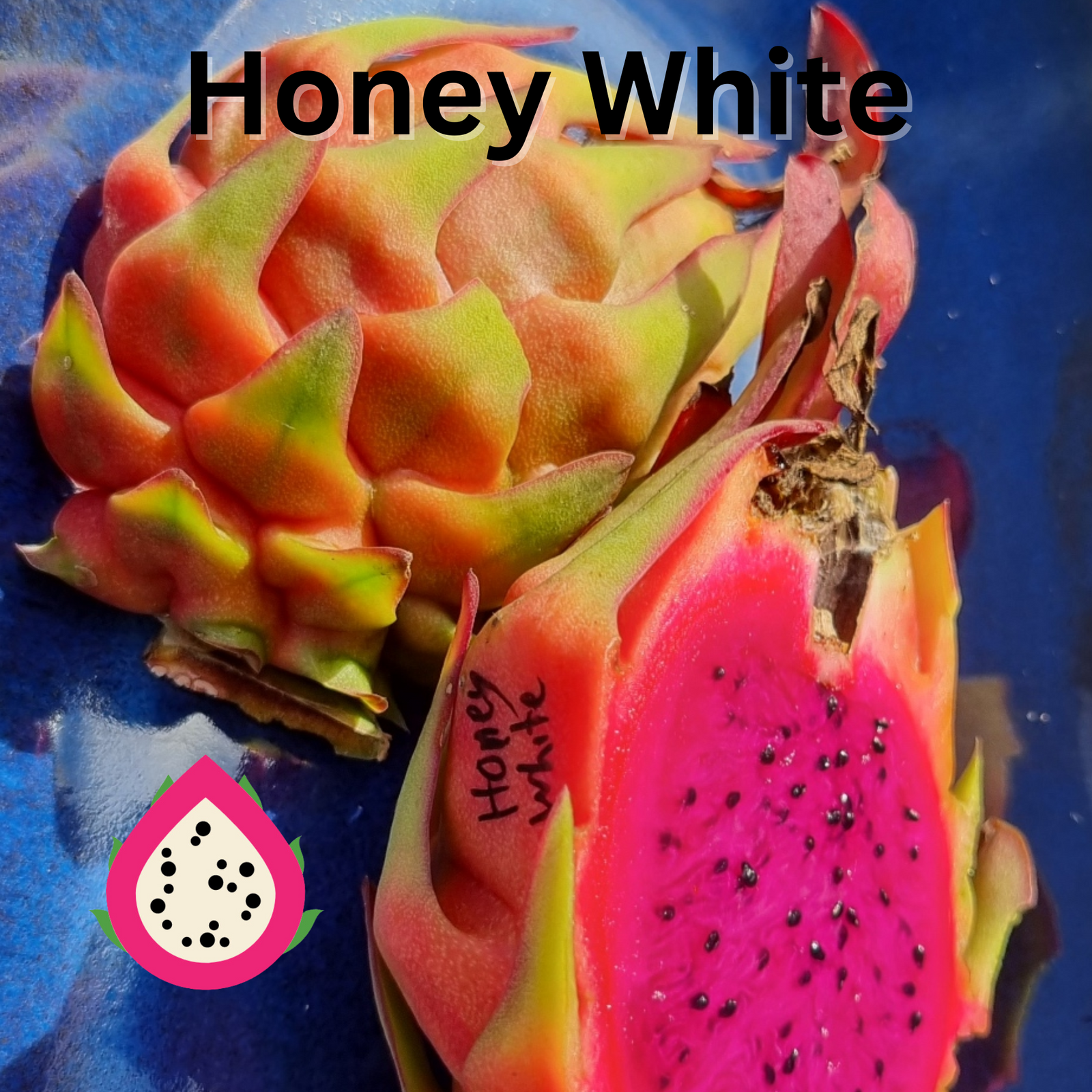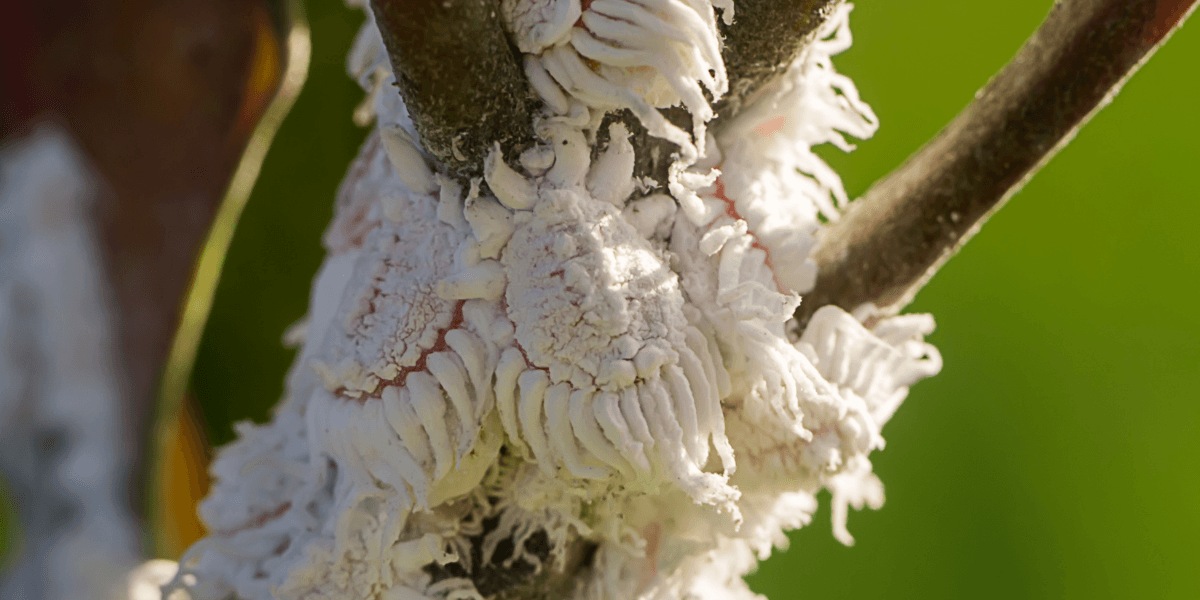
Mango seed or nut weevil (Sternochetus mangiferae)
Is the only species of weevil found in Australian mangoes, several other species including S. frigidus and S. olivieri are found in some other mango producing areas around the world.
Adult weevils can live for 2 years
They may also live in leaf litter around the tree and approximately 25% of the adults over-winter in the seed.
Specific weevil treatments can also be used to kill adult weevils using 1 or 2 targeted sprays at the start of egg-laying. The best time to apply a spray is when the first eggs are noticed on the fruit. At this time the adults are active within the canopy, moving onto the fruit and can be targeted together with the newly laid eggs. Good spray coverage to run-off is critical.

Leaf Hopper
Some leafhopper species cause stippling (tiny pale dots) on leaves that may appear as wiggly lines from a distance. This stippling reduces the photosynthetic capacity of affected leaves.
Toxins from the lucerne leafhopper cause necrosis (yellowing and browning) on stems.
The Green plant hopper is a notorious pest on dragon fruit plants.

Ants-
Some species of sap-sucking pests such as mealybugs and fluted scale can spread ants around your plants.
Treatment : Dust ground with diatomaceous earth to help control ants.

Mealybugs- Hemiptera
Family: Pseudococcidae
Feed by sucking sap from tender parts of plants. They are farmed and protected by ants.
Treatment:
Initially try a natural approach of chilli or garlic spray.
Use 1 cup chillies and 1 clove garlic blended and soaked in water for 24 hrs, mix with 1 cap full of castle soap and 1 lt of water. Strain and spray on plants avoid contact with skin and eyes.
If this doesn’t work, try the neem and eco oil listed below.

Plant Scale:
Scale on plants sounds like a disease, and it even looks like it, but this actually refers to an infestation by one of more than 8,000 species of small insects that suck sap and belong to the superfamily Coccoidea.
They also are farmed by ants.
Treatment: Rub with Isopropyl alcohol will help with your scale. Treat plants for ants too.
 Fruit flies:
Fruit flies:
Dragon fruit can host fruit fly eggs and larvae. Your fruit can be damaged by the fruit flies maggots eating away your fruit.
Treatment and prevention:
Use fruit fly traps, you can buy eco fruit fly traps and hang them around your plants. Or make your own:
DIY Fruit fly trap:
1ltr of water, 2 cups of urine, 3 teaspoons vanilla essences, 1 teaspoon vegemite and 1 cup of sugar. Fill into jars with perforated lids and hang in around plants.

Treatment for insect pests:
Eco-oil is a registered organic miticide and insecticide. It controls a range of problem insects including scale, aphids, two-spotted mite, whitefly, mealybugs and citrus leafminer. Safe for use on veggies, as well as ornamentals, with no withholding period. Spray and eat on the same day! Also safe for beneficial insects like bees, ladybeetles and earthworms.
Eco-neem is a registered organic insecticide for the control of a broad range of chewing and sucking insects including: caterpillars, curl grubs, grasshoppers (wingless), aphids, mites, lawn armyworm, citrus leaf miner, whitefly and fungus gnats in soil. Overseas registration includes over 200 pest insects.
 Eco-Neem Features
Eco-Neem Features
- Controls a very broad range of chewing and sucking insects
- Stabilised neem extract with a 2 year shelf-life from Date of Manufacture
- Very concentrated and used at low rates (2-3ml/L for most pests)
- Safe for beneficial insects including bees
- Registered Organic (Australian Organic)
Made from extracts of the neem tree (Azadirachtin A & B) and mixed with other plant oils to enhance it’s stability and shelf-life.
Eoo-neem works in multiple ways with the two main actions being suppression of insect appetite (they starve to death) and restricting growth (unable to moult successfully). Plant damage stops as soon as the insect ingests eco-neem but insect death may take several days depending on their size and type.
Using Eco-Neem Oil
Avoid using around ponds and in aquaponics as it can be harmful to fish. Eco-neem is safe for pets, birds, lizards and beneficial insects including bees.
Currently approved in Australia for use on ornamental plants only but overseas it is approved for use on edible plants with no withholding period eg in New Zealand, Europe, UK, Japan and USA.
*Hint* do your pest treatments in the early morning or evening. Not in the middle of the day when the sun is too hot.

Nematodes -Root-knot nematode
Root-knot nematodes (Meloidogyne spp.) are minute, worm-like animals that are very common in soil. They cause bulbous knots to occur on the roots of plants. Your plant may look healthy above the ground but can be suffering below the ground.
Treatment: Burn affected roots, companion plant or inter crop with mustard, nasturtium and rocket. Once grown turn this crop into the soil to help treat the presence of remaining nematode.You can also spray the soil with a dilution of molasses to help resolve infected soil.
One of the biggest things to stop nematodes is only buy good quality premium soil. I found I only had problems when I purchased cheap potting mix.

Rats and birds.
When the rats and birds find your fruit you have your work cut out for you beating them to the fruit.
Bag your fruit with mesh produce bags to prevent the birds accessing your fruit.
For rats use a poison box and a once only poison. These only kill the rats not the birds or other
Fungal
 Anthracnose (Colletotrichum gloeosporioides) is a fungal disease that can infect dragon fruit. It causes halo-like concentric lesions on stems and fruit.
Anthracnose (Colletotrichum gloeosporioides) is a fungal disease that can infect dragon fruit. It causes halo-like concentric lesions on stems and fruit.
Cactus ‘Virus X,’ or cactus mild mottle virus, is a new virus afflicting pitaya. The infection appears as a splotchy mottling of light and dark green area (mosaic) on branches.
Enterobacteria stem soft rot usually afflicts the tips of pitaya branches.
Symptoms appear about 15 days from infection, wherein the tips of the plant soften, yellow, and begin to rot. Plants that are deficient in calcium and nitrogen are most susceptible to severe infection. Most of the time, this disease is fairly benign, although it is wise to cut off the diseased branch.
Botryosphaeria dothidea is another fungal infection that results in blotchy red/brown lesions on the stems of the cacti.
Sometimes they look like a ‘bull’s eye’ target and sometimes there may be multiple spots coalescing together.
This disease begins as a yellowing on the infected branch progressing to the above-mentioned lesions.
This disease is passed by unsterile pruning shears and other tools.
Concentrated concoction of copper oxychloride weekly, sprayed the entire plant with a little on the root system and it completely dried up.
Bipoaris cactivora is a pathogen that causes black/brown spotting on pitaya blossoms and fruit. When the infection is severe, it manifests in branch/stem rot as well.
The first symptoms of the disease appearing two to three days after inoculation. You would notice a yellowish lesion that are water soaked, which progress to a brown colour.
The following seven to ten days after the initial appearance of lesions you will see the rot expand to form large areas of rot which grow dark coloured spores. The effected area then dries, and that section of the plant dies.
Treatment
For all Dragon Fruit fungal diseases you may consider the application of a copper fungicide.
You can start with hydrogen peroxide sprays or cinnamon dusting for minor infections.
The best way to manage disease in dragon fruit is to practice sanitary practices.
Sanitize tools and remove and discard infected plant debris.

Corking
Corking is a normal part of cacti aging.
In this process, lower parts of the plant often mature-change to a hard, dry, grey bark-like appearance. It feels harder more like a piece of wood than a fleshy lobe of a dragon fruit branch.
This should first occur from the bottom of a plant and slowly work its way up from there.
If a process does not follow this slow ‘bottom-up’ progression, then it is probably not corking and looking into other fungal or rot issues and begin treating as soon as possible.

Sunburn:
Dargon fruit sunburn occurs when a branch receives excess exposure to the sun. This can be when a branch grows horizontally or if a plant falls over on a hot day.
Sunburn can have an appearance similar to some of the other diseases listed.
This injury may present as areas of yellowing, corking, scabbing and pealing. You can expect this injury to be seen on the most sun exposed sides of the plant.
The plant will heal itself but you will need to make sure the sunburn does not rot. See below the treatment for dragon fruit rot.

Dragon fruit rust is on of the most common problems. Rust start out as small orange spots that can get worse and turn into rot.
Dragon fruit rust treatment: Spray with a mix of hydrogen peroxide and water 10% Peroxide and 90% water. For 3-4 weeks until the plant forms hard scar tissue. The scar tissue on dragon fruit normally is a grey scab looking change in the plant.

Rot:
Too much water, wet weather, frost, sunburn, or stress can cause rot.
This can happen at the base, tip or branch it can affect all fleshy parts of the dragon fruit
.
The rot in the photo above was caused by using thick jute ties on my dragon fruit. After a week of rain the jute stayed damp and cased rot. The jute was removed and plant was able to dry out. The band of caused grey skin on the dragon fruit is the scar from the jute. We now only use grafting tape to tie back our dragon fruit. Its thin sterile and wont cause rot.
Use a sterile knife to cut away the rot. Any where the flesh is gooey and already dead. Follow the boarder of the rot around where it is yellowing. Touch it with your finger and where it is softer remove the tissue.
The dragon fruit will start to calas and heal itself.
You can dust it with cinnamon to help fight any fungal infections and promote plant health.
General Plant Health Thing to watch out for:
Chlorosis- Yellowing where there is insufficient chlorophyll. This can mean your plant is lacking nutrients or under stress or attack from fungus or pest.
Give plants a boost with some liquid seasol or eco seaweed.
More useful information on pest and disease:
Pitaya Pest And Diseases Management- International Tropical Fruits Network
http://www.itfnet.org/source/mainpage/newsAndEvent/contents/PDF_Pitaya_Seminar/Pitaya%20Pest%20And%20Diseases%20Management.pdf
https://www.youtube.com/watch?v=i44Hnr6Ru24







